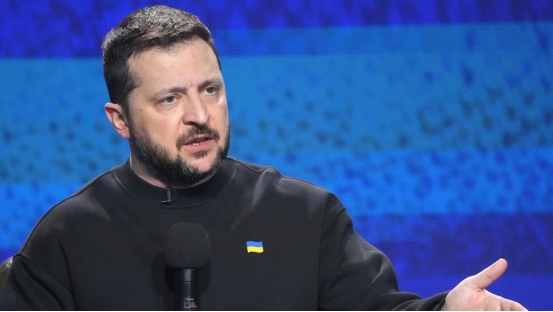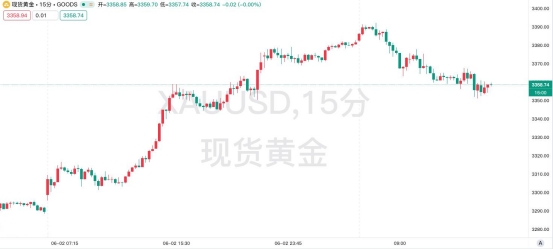The second round of direct negotiations between Russia and Ukraine ended, the territorial dispute was deadlocked, and the demand for gold as a safe haven surged
- 2025年6月5日
- Posted by: Macro Global Markets
- Category: News

1. Negotiations break down: Prisoner exchange is the only outcome, territorial disputes remain unresolved
The second round of direct negotiations between Russia and Ukraine, originally scheduled to resume on June 3, was actually held secretly in Istanbul, Turkey on June 2, but broke down after only one hour. The two sides reached limited consensus on humanitarian issues such as prisoner exchange and transfer of remains, but fell into fundamental opposition on core issues such as territorial sovereignty and ceasefire conditions.
1. Limited Consensus: A Digital Game of Prisoners and Corpses
Both sides agreed to exchange captured soldiers under the age of 25 (more than 1,000 each) and set up a medical committee to coordinate the transfer of seriously wounded soldiers.
Russia unilaterally promised to hand over the remains of 6,000 soldiers killed in the war to Ukraine and to call for a 2-3 day partial ceasefire on the front line to allow for battlefield cleanup. Ukraine submitted a "list of abducted children" and Russia said it would "verify the information" but did not commit to any specific action.

Russia's demands: requiring Ukraine to recognize the "legal ownership" of the five states of Crimea, Donetsk, Luhansk, Zaporizhia and Kherson, and permanently give up joining NATO.
Ukraine's bottom line: insist on using the pre-conflict borders of February 2022 as the basis for negotiations, refuse to recognize territorial changes, demand that Russia compensate for war losses and hold it accountable for "war crimes."
3. Battlefield Game: Drone Raids and Military Deployment
During the negotiations, Ukraine launched a 117-drone raid on Russia's four major air bases on June 1, claiming to have destroyed 41 strategic bombers (including core equipment such as Tu-160 and Tu-95), while Russia accused Ukraine of "undermining the sincerity of the negotiations." At the same time, Russia assembled 125,000 troops in the Donetsk region, planning to launch a "summer offensive" aimed directly at the core strongholds of the Ukrainian army's Donbass defense line.
2. Geopolitical risks escalate: Gold's safe-haven premium increases exponentially
The breakdown of negotiations and the intensification of battlefield conflicts have caused a full-scale outbreak of risk aversion in the market, and gold has become the biggest winner. In the early Asian session on June 3, spot gold hit a high of $3,392, a surge of nearly 3% from the previous trading day's closing price, setting a three-week high. It is currently fluctuating around $3,355/ounce, and we need to be wary of short-term adjustments.

Data from the London Bullion Market Association (LBMA) showed that after the news of the breakdown of the negotiations was announced, institutional investors' safe-haven gold buying surged 300% year-on-year, reaching a single-day peak since the outbreak of the Russia-Ukraine conflict in 2022. The main contract of COMEX gold futures once broke through $3,404.7 per ounce, triggering automatic buying by the quantitative trading system.
2. The depreciation of the US dollar and the expectation of interest rate cuts resonate
The U.S. manufacturing PMI fell to a six-month low of 48.5 in May, and the supplier delivery time stretched to the longest in nearly three years, with significant "stagflation" characteristics. The market's probability of the Federal Reserve cutting interest rates in September rose to 87%, and the U.S. dollar index plunged 0.75% to 98.60 on Monday, hitting a new low since April 22, providing the most direct upward momentum for gold.
Risk warning: The uncertainty of geopolitical situation and tariff policy may cause drastic market fluctuations. It is recommended to control the position within 10%. If the gold price unexpectedly breaks below the key support of $3,350, it is necessary to decisively stop loss and turn to wait and see.
Note: The data in this article is as of 16:00 on June 3, 2025. The market is changing rapidly and trading strategies need to be adjusted based on real-time market conditions.
